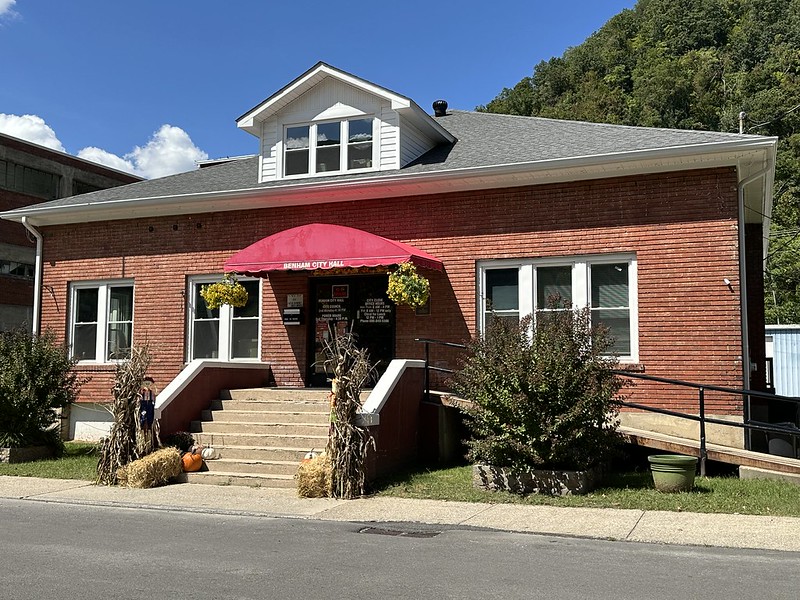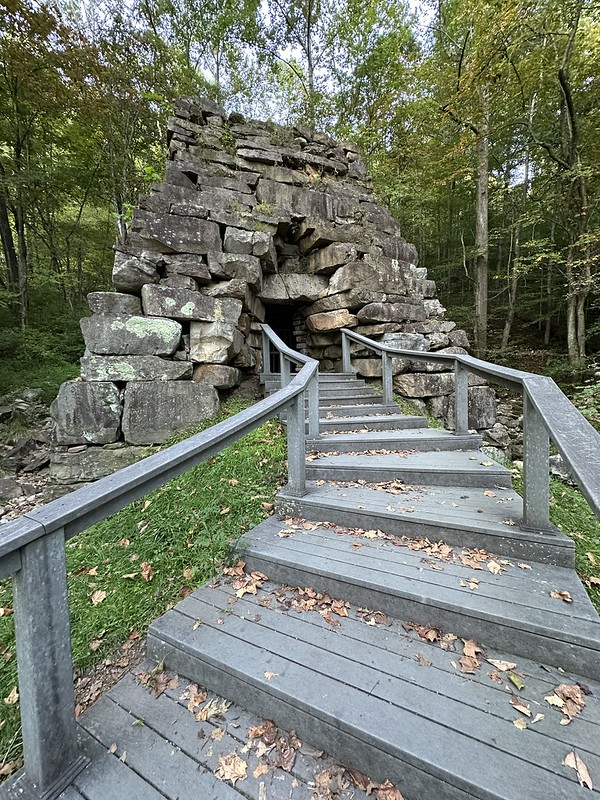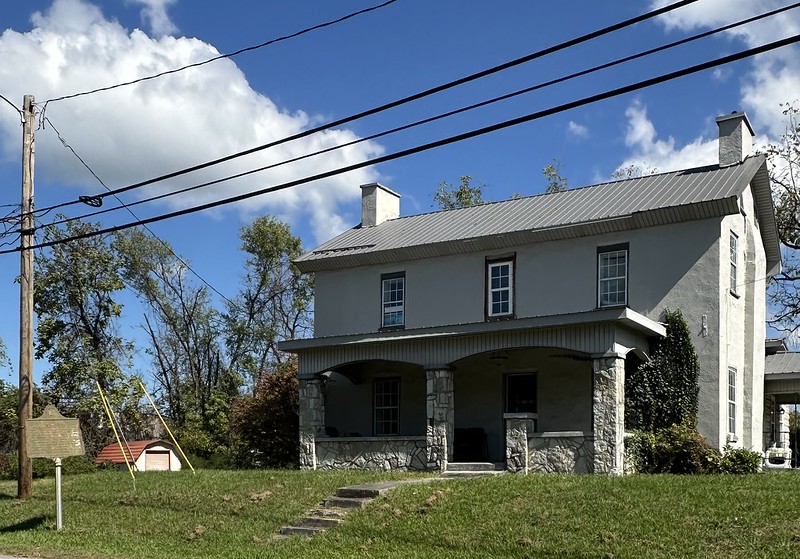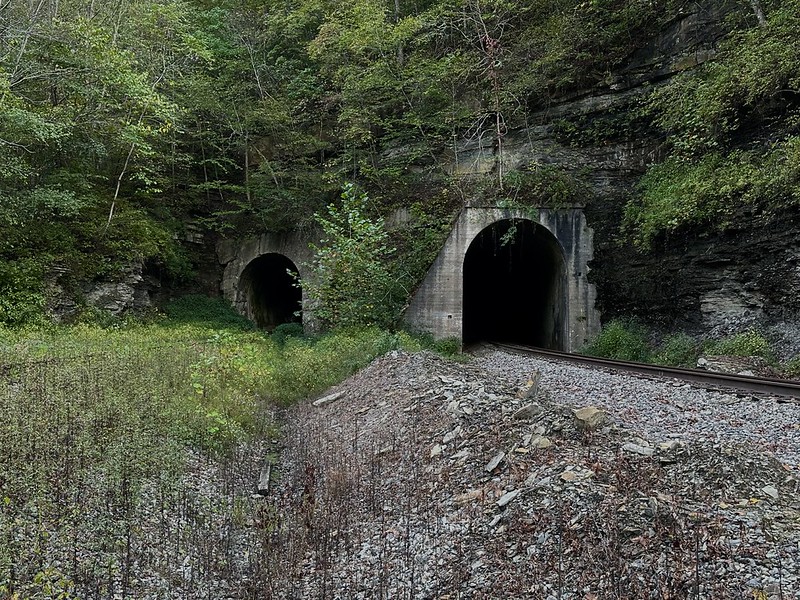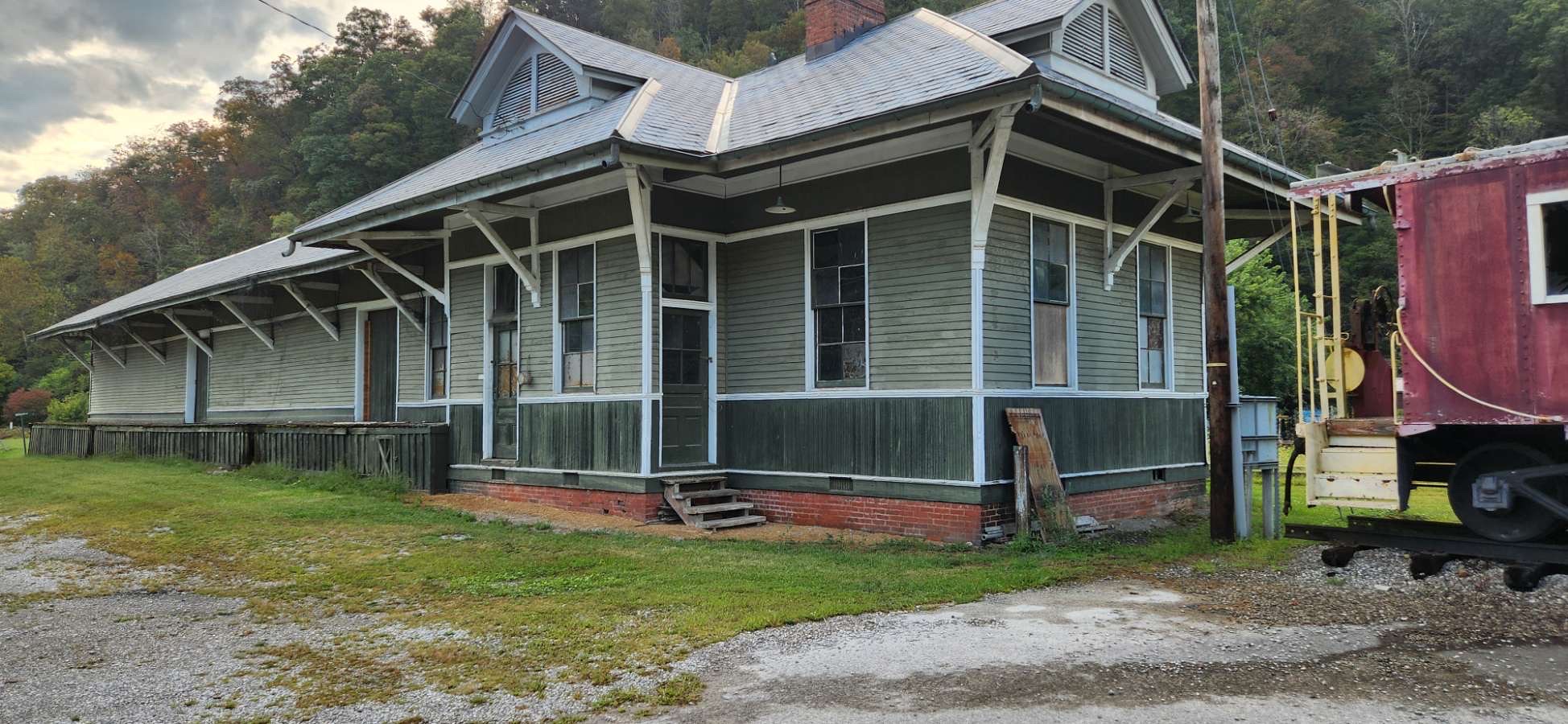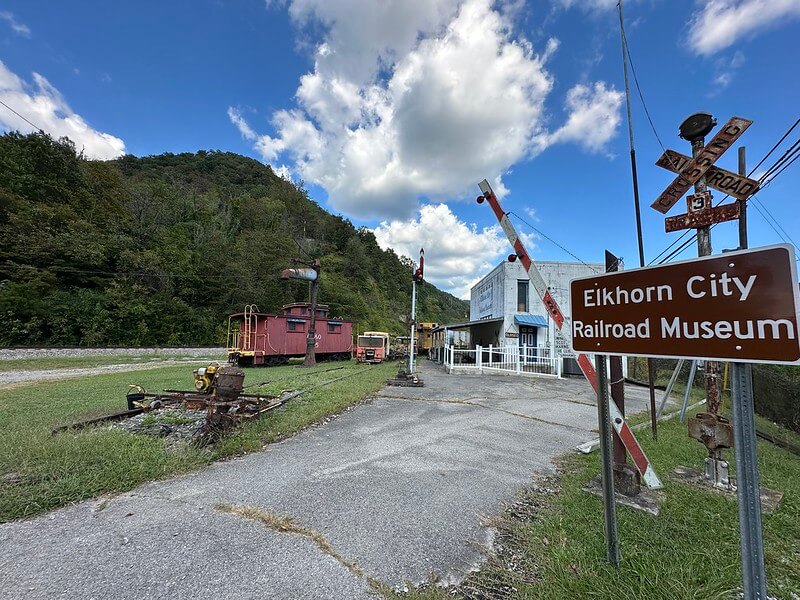
Repurposed Appalachia Series – From Depot Yard to Coal Miners Memorial Park in Benham, Kentucky Benham sits in a narrow valley beneath Black Mountain, the highest point in Kentucky. A century ago this was one of the most productive coal camps in the world, a company town built by Wisconsin Steel, a subsidiary of International Harvester.
